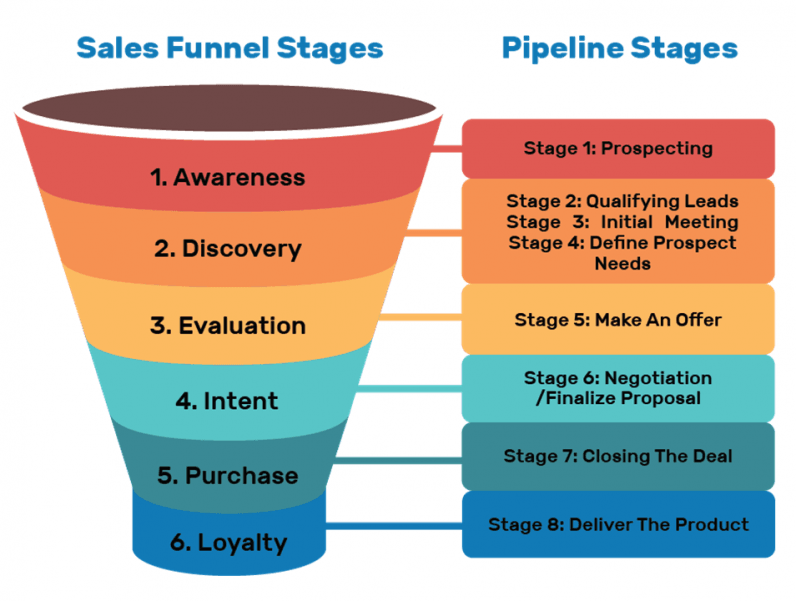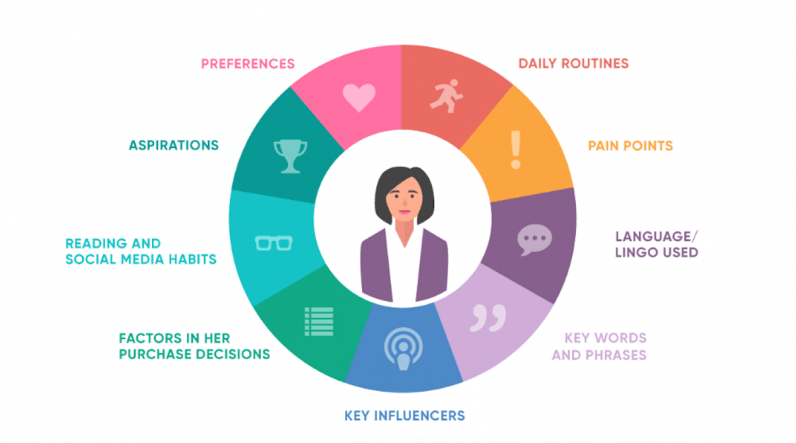Understanding and meeting your customers’ needs can be challenging, especially with market forces constantly changing. To succeed, you need to be a good listener and discover how your customers feel about your product.
Take the charismatic fishmonger Richard Waasdorp, who livens up a fish cart in Amstelveen, near Amsterdam, in the Netherlands.
Amstelveen has a large Japanese community, which didn’t escape Waasdorps’ notice. To better service this valuable client base, Waasdorp had the bright idea to learn how to speak Japanese and to travel to Japan to learn more about the types of fish and cuts that would please them most.
Not all of the skills that stem from those person-to-person transactions translate well to an online business, but a bunch of them do – and might be underutilized in an era of big data and algorithms.
Luckily, as an online organization, there are specialized techniques you can use to tap into your customers’ desires.
#1 Nurture your customer relationships
When your customer gets a new product from you, hopefully, they’ll be so excited that the item is put to use right away. As the days of use go by, the customer will likely forget about your company, which is why you need to be looking ahead to his or her potential future needs.
Keep your company fresh in your customer’s mind after purchase. Invite them to follow your brand on social media or blog — this does mean you need to create valuable content and update — send out regular newsletters, or surveys asking for product feedback.
If you do this, you will reduce your churn rates and improve your chances that they convert on another product.
#2 Adjust your voice to customer preferences
To connect with your digital audience, you need to get two main things right: your tone and the words you use. Companies that really connect with their customers put a lot of effort into creating the message their writing conveys.
When you think about it, this makes a lot of sense. In a face-to-face conversation, around 55 percent of communication comes through body language and 38 percent through tone of voice.
Since you run an online business, you don’t have the luxury to use body language or literal tone of voice to your advantage. So, you need to create a solid strategy that gives your writing the right tone for your customers. Make sure your tone of voice is conversational, friendly and drop the jargon: no need to make things overly formal or complicated.
If you run online ads with short copy, experiment with a few different versions through A/B testing to find out which message best resonates with your audience.
And don’t stick to just your own language! Just like the Japanese-speaking fishmonger, if you know where the people that want your product are from, and you know what they want, you can adapt your keyword strategy to include other languages, dialects, or search terms that might be more popular with your customers.
#3 Map out their buying journeys
Although the process can differ slightly between customers, many go through a similar process when they think about a new product. The first thing that happens is the buyer becomes aware that he or she is missing something in life that could make it easier or more satisfactory.
The second is a thinking stage, where products that might help fix the issue are considered. A finalization process then begins, where the buyer picks the product he or she wants to try.
To better understand the needs of your customers, you need to look at each step of the buying journey. Create a specific roadmap that details what advances your customers down the sales funnel and then optimize the process to improve customer experience.

#4 Listen to the complaints
Hearing customer complaints and implementing solutions to common problems will elevate your business. When specific trends become known while you’re reviewing customer feedback, a change needs to be made.
To start this technique, look at the feedback on what you already have. Review your social media, product reviews, emails and more to see what’s not working for customers. After reading, implement specific solutions and allow them to take effect.
Several weeks afterward, look at the same review sources to see if the issues are still arising and determine if more problem solving is needed.
#5 Build data personas of your customers
When you’re starting a business, generic demographics are really helpful. In most cases, your customers can be divided into a few different groups that have different needs and preferences.

Running an online business gives you a myriad of possibilities to really connect with your customers. Encouraging them to follow you on social channels not only increases your visibility, but also your options to interact.
As you grow as a business, though, general buyer personas lose their worth. To win and maintain your customers, you need to personalize your messaging (see #2 Adjust your voice to customer preferences).
#6 Evaluate your competitors
If you’re not bringing a new product to market, there is a good chance your customers have bought something similar in the past from another company.
People who are now buying from you stopped doing business with another entity, but why? Finding out the reasons the customer wasn’t happy with his or her past supplier might help you avoid similar issues in your future.
To get this information, you will want to ask customers directly. Select a handful of customers, and a week after their purchases are delivered call or email them to see how everything is going. In your communication, ask them specific questions about their old supplier and why they’re no longer giving them business.
#7 Look through the data
If you run a digital business, you have access to tons of customer analytics. Every time a visitor navigates your website, you can collect valuable information about their behaviors and preferences. With analytical data analysis, you can understand your audience more to deliver what they need most.
Google Analytics is an obvious (and free!) choice, but there are a bunch of services offering web analytics. It tells you who is visiting your website, how they found it, which pages they visit and how long much time they spent there, among many other things.
#8 Don’t breeze over keywords
Keywords can help you learn how customers are searching online for your products and company. You might already have a few keywords in mind, and you can test them with a keyword research tool.
As you type in your words, you’ll find out what ones work so you can start incorporating them into your copy. While you’re at it, you’ll also discover related keywords you might have otherwise missed.
#9 Tap into your sales team
Both brick-and-mortar and online stores benefit from hiring sales associates.
These employees talk with clients several times a day, helping them to become acquainted with customer wants and needs. A sales staff can also gain insight as far as what’s not going right for a customer and how your company can better serve his or her needs.
It can be tricky, but it’s possible
Thoroughly understanding customer needs is an important part of any business. Unfortunately, it’s hard to know the wants of your customers without putting in a little bit of work.
With the nine smart techniques above, you’ll be on the path to better understanding your customers’ needs and catering to their desires.